Introduction
Arduino is a family of small, cheap, singleboard computers, used by hobbyists, students, academics, artists, and a whole range of different people.
Despite new-comers like the Raspberry Pi, the Arduino is still a fantasic choice for people who want to create a simple project. It's possible to be up and running with your first 'sketch' (Arduino computer code) within minutes.
One of the biggest problems that Arduino newbies can face is trying to decide which type of Arduino to buy. Today there are more than 30 models, some are official Arduino, some are clones, some are simple, some are powerful, some are easy to program, some are more difficult.
So to help explain - here's a run-through of some of the main type of Arduino boards.
Arduino Uno

This is the Arduino that we think you should start with, it's very simple and easy to use, but with the capability to do a great many things. With the Uno you can have your first sketch up and running in a matter of minutes.
Code for the Uno can be written in the Arduino IDE, which is free to download for Linux, Mac and Windows, to then be uploaded to the Uno.
The Uno is programmed by connecting it to a computer by a USB cable, this cable also powers the Uno. If you wish to power your Uno away from a computer it also has a DC barrel jack on the board to take power from a DC adaptor.
Seeeduino
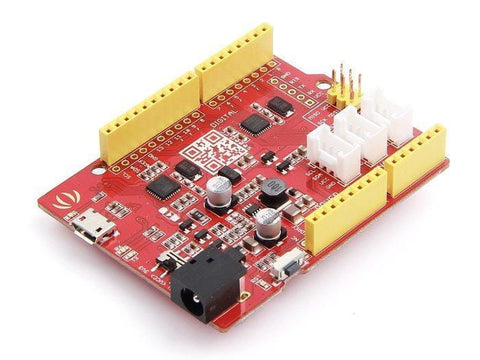
The Seeeduino is an Arduino clone, it's almost identical in use to the Uno, and a bit cheaper. It differs mainly in having a mini-USB input, having two extra JST connectors, the ability to select 5V and 3.3V logic levels and can change between automatic and manual reset, handy for more advanced projects.
Arduino Pro Mini
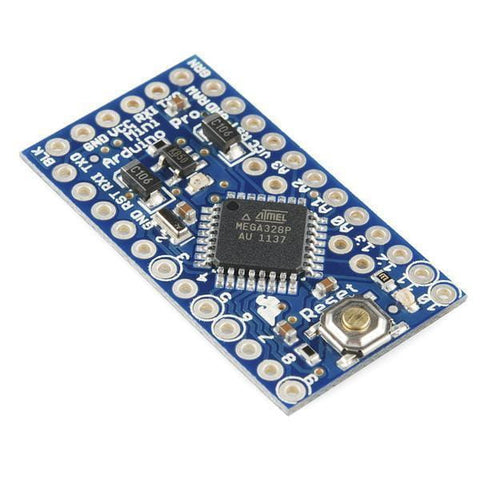
The Pro Mini is a smaller (18x33mm) Arduino board that, importantly, does not have a USB port or power adapter on the board. Since there is no USB port or power adapter the Pro Mini must be powered externally and be programmed with a USB to Serial TTL cable.
It is capable of the same things as the Uno, but benefits from it's small size and low profile for projects in small spaces. Due to the limitations of not having a USB port we recommend this for use in projects that you have already developed and tested on an Uno, but now need to fit it in a small space.
Arduino Nano

The Nano is another small Arduino board, but unlike the Pro Mini it has a mini-USB slot that can be used to power the board and program over USB. This makes it simpler to work with and easier to integrate with projects where USB power is easily available.
Arduino Due
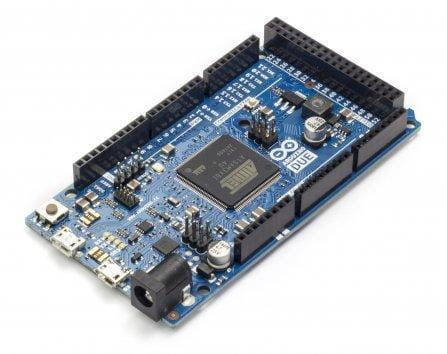
The main feature of the Due is its 32-bit ARM Cortex-M3 processor. Compared to the Uno's 8-bit processor the Due can read more memory locations and perform more operations per clock cycle. This would be particularly important for applications requiring fast calculations.
Like the Uno it comes with headers attached, can be powered and programmed via built in USB-micro ports and has a DC barrel jack that can be powered by a DC adaptor. However, its pins are all 3.3V rather than the 5V of the Uno.
LeoStick
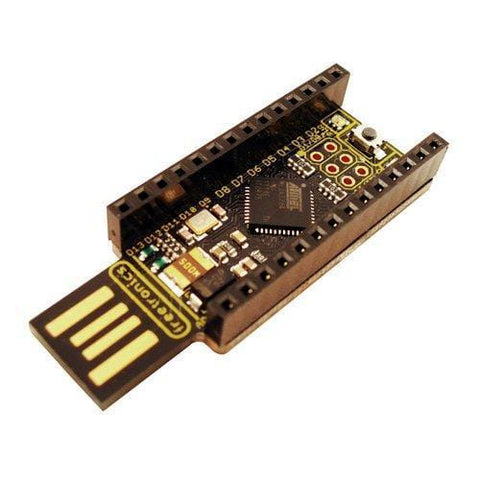
The LeoStick is the Arduino board that you can plug straight into a USB port. Working on the LeoStick is quite similar to the Uno, but it's much easier to prototype with on the move with it's very small size and ease of powering and programming. This makes it into an Arduino that you can take on holiday or work on in a cafe, anywhere you can go and sit with your laptop.
Arduino Mega 2560
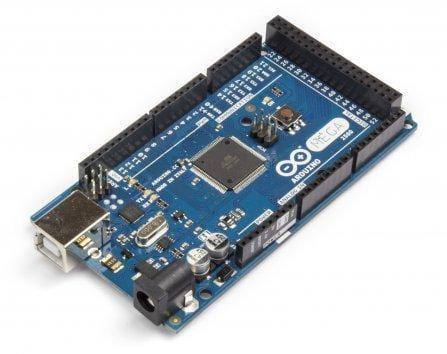
The Mega2560 is in some ways an upscaled Uno, it has a larger flash memory, 54 digital input/output and 16 analog input pins vs the 14 digital I/O and 6 analog input pins of the Uno. It still shares the same USB and DC power inputs of the Uno and can be programmed in the same way.
Stay tuned as we'll be releasing a follow up guide for all of the new Arduino products we've added recently! If you have any further questions about the items discussed or anything else please don't hesitate to contact us and we'll do our best to help you as much as possible.

